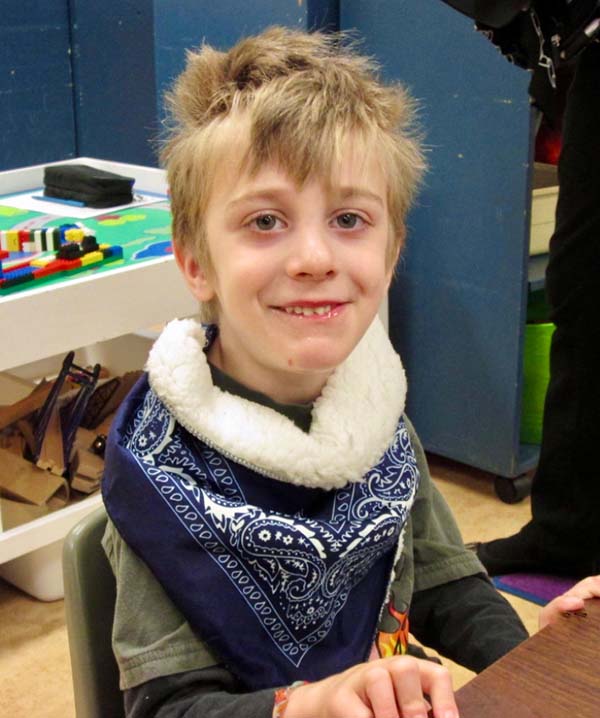Module 2: Defining Inclusion
INclusion Definition
Google the word inclusion and you get 405,000,000 hits in less than a second. The volume of concepts, ideas, and definitions of inclusion can make it challenging to know that when we use the term inclusion, we are talking about the same thing. First step is finding a common definition. At Inclusion Outreach, we believe inclusion requires action and intention.
Four Principles of Inclusion
Inclusion Outreach: Definition of Inclusion
Inclusion Outreach defines inclusion as an active process of inviting, involving, and informing with intention that provides students with opportunities for contribution. This guarantees their full membership in all aspects of their lives including home, school, and community.
INviting + INvolving + INforming + INtention = INclusion
When we say inclusion is an active process, we mean that the practice of inclusion for complex students always requires our attention. We need to ensure that students with complex needs are invited and involved. We need to know our students, and keep ourselves and others informed about their likes, dislikes, and interests. Intention means that those providing support are conscious in our efforts to invite, involve and inform to achieve inclusion. These form IO’s four principles of inclusion.

Inclusion Outreach’s Principles for Inclusion

Below is a case example that briefly describes what was observed when we first arrived to work with a student on a school visit.
Please read through the example and assess what principles of inclusion you see at play.

Case Example: Ernie
Except for times when he left the classroom for personal health routines, Ernie spent all of his classroom time in a Grade 3 class working 1:1 with an educational assistant. The classroom teacher had limited interactions with the EA throughout the day.
Ernie’s desk was located on the right-hand side of the classroom close to the door. There was a wide aisle that separated him from other students’ desks. Ernie was working on early literacy and numeracy goals and on learning how to use his voice output app. His learning is individualized and has no connection to the curriculum other students are learning. Outside on the playground, there are two girls who often come over and want to push him in his wheelchair. Other than that, he spends his time with his EA.

The following section provides greater detail on each of the four principles with case examples and ThINk Abouts to assist in your understanding of each principle.